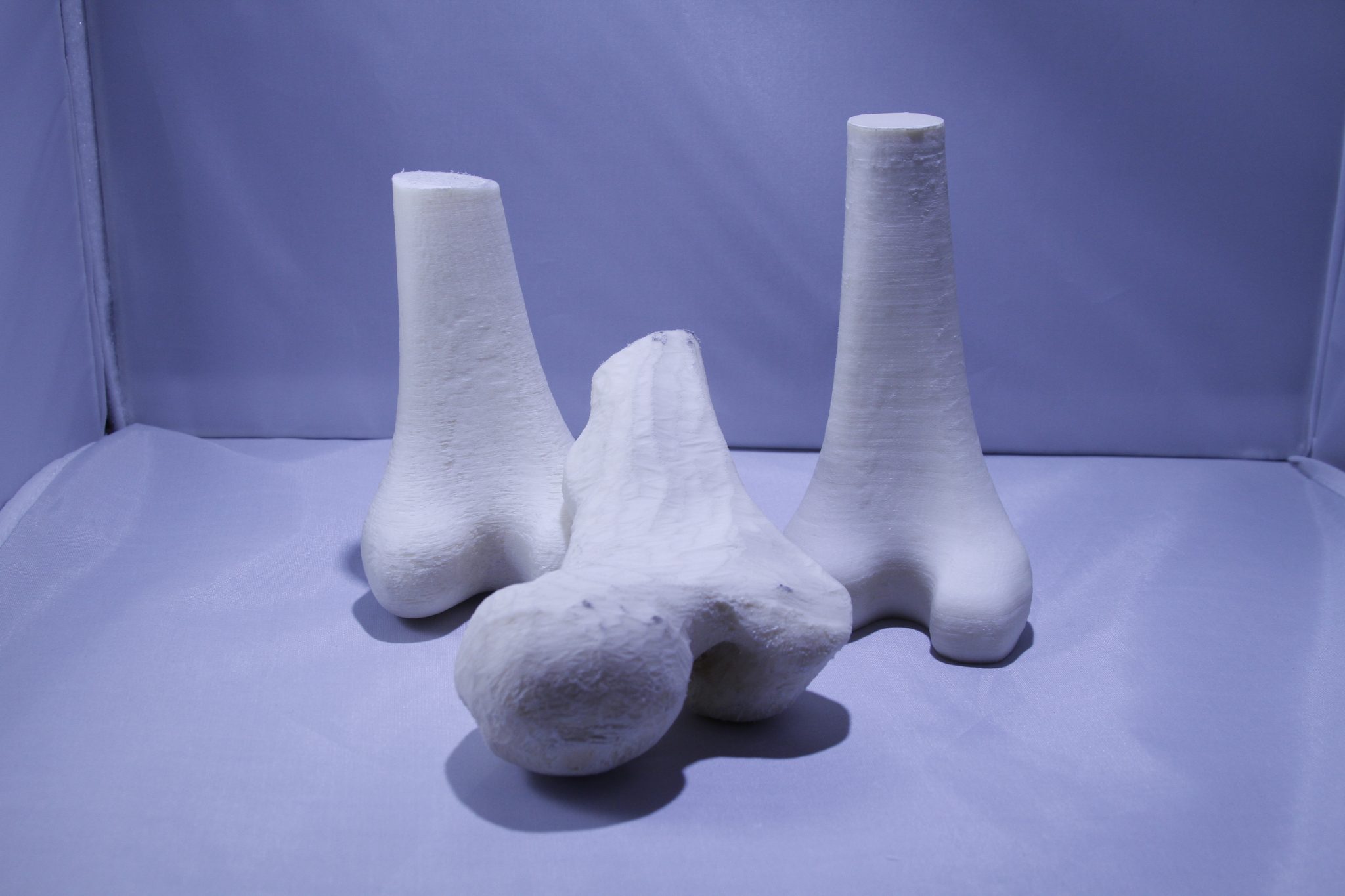FibreTuff, a 3D printing biomaterial company based in Ohio, has announced its FibreTuff 3D printing filament meets the requirements of the Radiological Society of North America’s (RSNA) guidelines on medical 3D printing.
The work confirming FibreTuff’s conformation to the RSNA’s standards was carried out by Dr. Mike Hartman, a craniomaxillofacial surgeon at Hartman Oral and Maxillofacial Surgery PC, who produced 3D printed anatomical bone-like models for CT scans using the firm’s FibreTuff filament.
The standards, laid out in the RSNA paper published in 2018, cover the appropriate clinical use of anatomic models 3D printed for diagnostic use in the care of patients with specific medical conditions, and provide guidance for approaches and tools in medical 3D printing.

FibreTuff 3D printing filament
Since its inception, FibreTuff biomaterials have been used to 3D print bone-like models to replace cadaver bone for hospitals and medical centers. The firm’s biocompatible compounds produce 3D printable filament and powders that provide a bone-like look and feel to 3D printed models.
Bone can become brittle after being removed from body, as bodily fluids promote better elasticity as well as impact. FibreTuff is hydrophilic and is designed to react to moisture in a similar way. Other 3D printed medical biomaterials like PLA will absorb and store moisture until the composition breaks down, whereas FibreTuff will absorb moisture to a point and promote less brittleness and improve impact.
The 3D printed models also have radiopacity, meaning radio waves and x-rays cannot pass through the material, and the models can be coated to have a bone ring with a similar phantom appearance to that of cadaver bone.

Evaluation and meeting standards
The use of FibreTuff for anatomical models has previously been evaluated by several 3D printing service centers and has been deemed to exhibit good screw retention and flexibility. The models are also used at universities and medical centers for clinical evaluations, and by physicians in preparation for surgery.
The most recent evaluation of FibreTuff’s 3D printing materials has come from Hartman, who utilized an SLS printing process with FibreTuff powder to produce an anatomical bone model of a scapula. The scapula model had a microporous structure and an eco friendly coating was applied to the scapula for a bone ring commonly seen under X ray and CT scans. The bone ring was approximately 3000 HU similar to real bone at 2500 HU.
“So far, I have been impressed with its properties,” he said. “It does not heat up and melt to the bur like some of the other print filaments do. It is fairly easy to drill and kind of replicates the feel of real bone.”
Hartman evaluated the 3D printed scapula model against the RSNA standards published in Springer Nature in 2018: “Radiological Society of North America (RSNA) 3D printing Special Interest Group (SIG): guidelines for medical 3D printing and appropriateness for clinical scenarios”. The guidelines were co-authored by L. Chepelev, N. Wake, J. Ryan, W. Althobaity, A. Gupta, E. Arribas, L. Santiago, D. Ballard, K. Wang, W. Weadock, C. Ionita, D. Mitsouras, J. Morris, J. Matsumoto, A. Christensen, P. Liacouras, F. Rybicki, A. Sheikh, and RSNA SIG for 3D printing.
The standards outlined in the paper provide guidance for approaches and tools in medical 3D printing, from acquisition, segmentation of the desired anatomy intended for 3D printing, creation of a 3D printable model, and the post-processing of such models for patient care.
Hartman confirmed that the scapula model conformed to the standards set by the RSNA and that it could be used for imaging purposes.
FibreTuff also revealed that it will be launching a new eco-friendly coating compatible with FDM 3D printing processes for customized phantoms in the fourth quarter of this year. The company will be showcasing its 3D printed anatomical models at RSNA’s event in Chicago between November 28 and December 2.
Subscribe to the 3D Printing Industry newsletter for the latest news in additive manufacturing. You can also stay connected by following us on Twitter and liking us on Facebook.
Looking for a career in additive manufacturing? Visit 3D Printing Jobs for a selection of roles in the industry.
Subscribe to our YouTube channel for the latest 3D printing video shorts, reviews and webinar replays.
Featured image shows the 3D printed scapula anatomical model printed with FibreTuff. Photo via FibreTuff.



